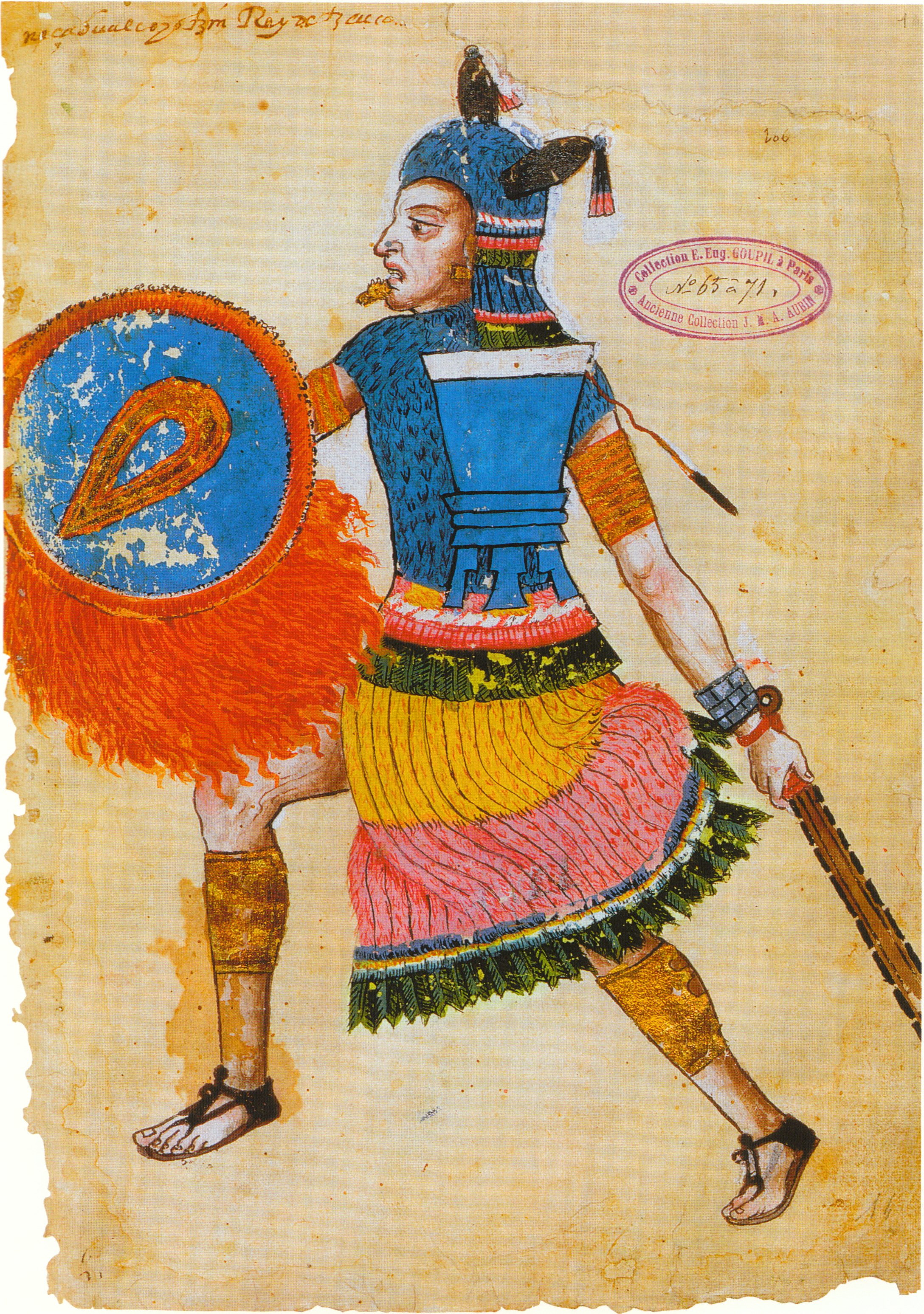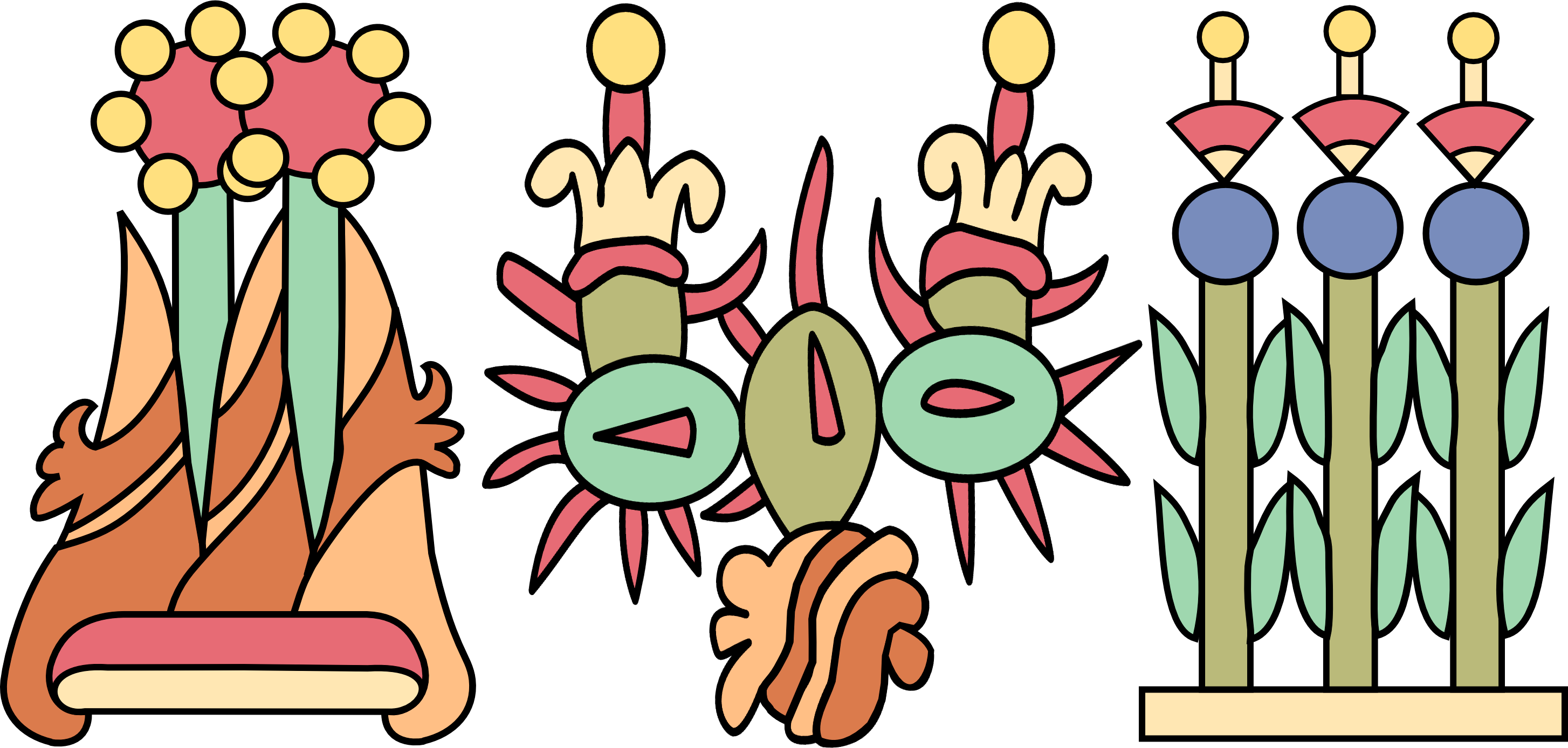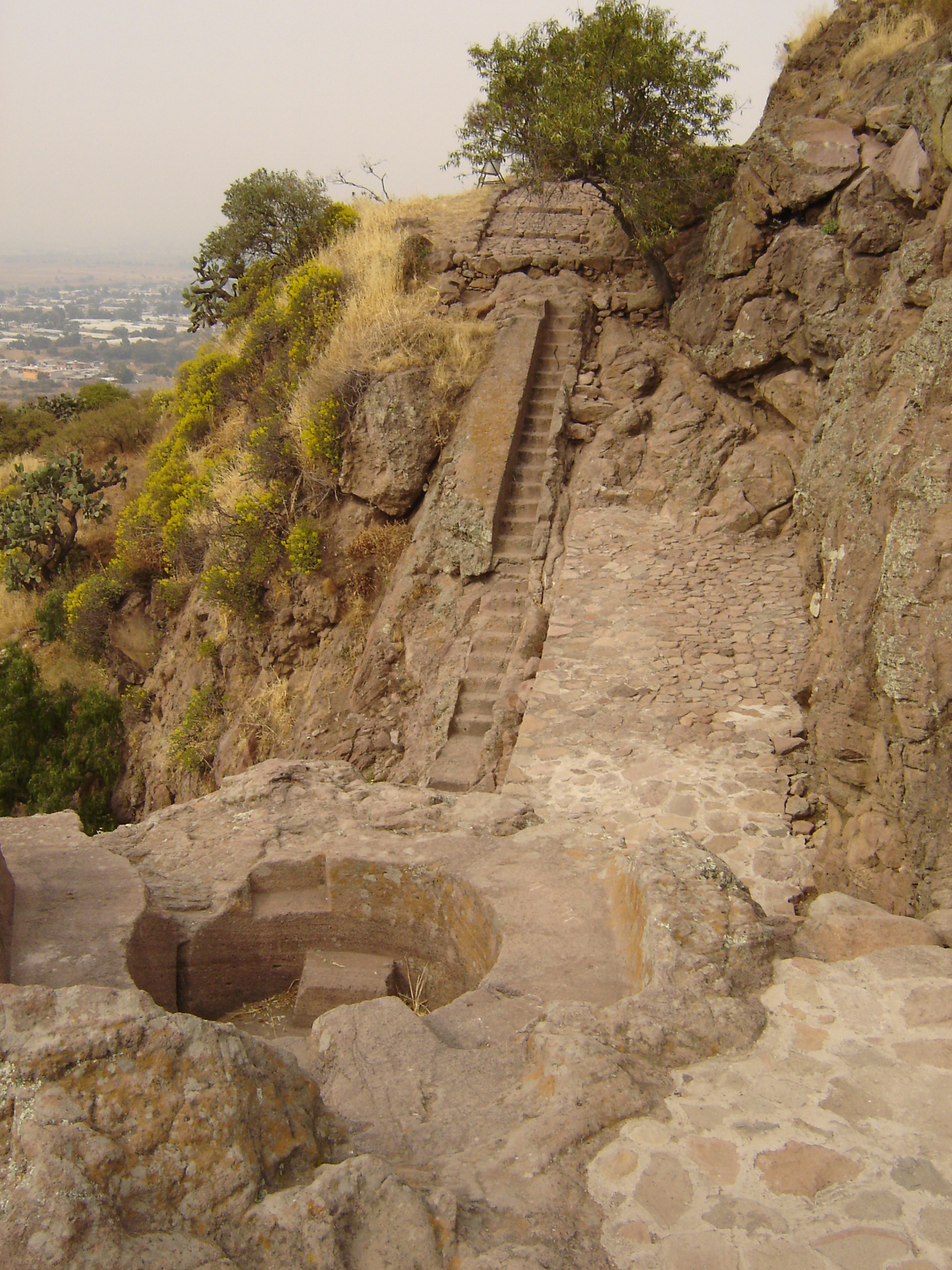|
15th Century In Poetry
Events * 1445 - Printing press developed in Europe. Works * Per Raff Lille, ''Mariaviser'' ("Songs to Mary"), DenmarkPreminger, Alex and T. V. F. Brogan, et al., ''The New Princeton Encyclopedia of Poetry and Poetics'', 1993. New York: MJF Books/Fine Communications * ("The Great Rhymed Chronicle"), Sweden * 1402–1403 – Christine de Pisan, ''Le Livre du chemin de long estude'', describing a trial of the faults of this world in the "Court of Reason"Olsen, Kirsten,''Chronology of Women's History'' p 55, Greenwood Publishing Group, 1994, , , retrieved via Google Books on May 26, 2009 * 1403 – Christine de Pisan, ''La Mutacion de Fortune'' ("The Changes of Fortune") * c.1434 – John Lydgate, ''The Life of St. Edmund, King and Martyr'' * c.1470–1485 – Pietru Caxaro, ''Il Cantilena'', oldest known Maltese text * c.1480s – Robert Henryson, cycle ''The Morall Fabillis of Esope the Phrygian'' in Scotland * 1473–1480 – Maladhar Basu, 'Sr ... [...More Info...] [...Related Items...] OR: [Wikipedia] [Google] [Baidu] |
Printing Press
A printing press is a mechanical device for applying pressure to an inked surface resting upon a print medium (such as paper or cloth), thereby transferring the ink. It marked a dramatic improvement on earlier printing methods in which the cloth, paper or other medium was brushed or rubbed repeatedly to achieve the transfer of ink, and accelerated the process. Typically used for texts, the invention and global spread of the printing press was one of the most influential events in the second millennium. In Germany, around 1440, goldsmith Johannes Gutenberg invented the movable-type printing press, which started the Printing Revolution. Modelled on the design of existing screw presses, a single Renaissance movable-type printing press could produce up to 3,600 pages per workday, compared to forty by hand-printing and a few by hand-copying. Gutenberg's newly devised hand mould made possible the precise and rapid creation of metal movable type in large quantities. His two ... [...More Info...] [...Related Items...] OR: [Wikipedia] [Google] [Baidu] |
Ayocuan Cuetzpaltzin
Ayocuan, the son of Cuetzpaltzin the Elder, was from the city of Puebla according to Historia Tolteca-Chichimeca. His father governed the towns of Cohuayocan and Cuauhtepec during the 15th century. He lost his domain in 1441 when he suffered a joint attack by the people of Coatlinchan, Cholula, Huexotzinco, and Tlaxcala. Ayocuan was educated in the town of Quimixtlan. Poetry Ayocuan has been remembered as a poet. Several songs reference him. Like many other prominent Mesoamerican Mesoamerica is a historical region and cultural area in southern North America and most of Central America. It extends from approximately central Mexico through Belize, Guatemala, El Salvador, Honduras, Nicaragua, and northern Costa Rica. Withi ... poets, the theme of Ayocuan's poems center around the brevity of the human life span. He also recognizes the imperfections of humanity. Ayocuan is referred to as a teohua (priest) in works by contemporary poets. Poems attributed to Ayocuan includ ... [...More Info...] [...Related Items...] OR: [Wikipedia] [Google] [Baidu] |
Tochihuitzin Coyolchiuhqui
Tochihuitzin, son of Itzcoatl, was ruler of Teotlatzinco. Tochihuitzin and his brothers helped save Nezahualcoyotl from being captured by the Azcapotzalca that Nezahualcoyotl found refuge with the Mexica. According to Cronica Mexicayotl, Tochihuitzin married Achihuapoltzin, daughter of Tlacaelel Tlacaelel I (1397 – 1487) ( nci, Tlācaēllel , "Man of Strong Emotions," from "tlācatl," person and "ēllelli," strong emotion) was the principal architect of the Aztec Triple Alliance and hence the Mexica (Aztec) empire. He was the son .... After the battle against the city of Azcapotzalco, Tochihuitzin became ruler of Teotlatzinco. Poetry He would be remembered as a poet. His poems mostly focused on the meaning of life. Poems attributed to Tochihuitzin include: *Zan Tontemiquico (We Come Only To Dream) *Cuicatl Anyolque (You Have Lived The Song) References * {{DEFAULTSORT:Coyolchiuhqui, Tochihuitzin Nahuatl-language poets Place of birth unknown Place of death unkn ... [...More Info...] [...Related Items...] OR: [Wikipedia] [Google] [Baidu] |
Tlatelolco (altepetl)
Tlatelolco ( nci-IPA, Mēxihco-Tlatelōlco, tɬateˈloːɬko, ) (also called Mexico Tlatelolco) was a pre-Columbian altepetl, or city-state, in the Valley of Mexico. Its inhabitants, known as the ''Tlatelolca'', were part of the Mexica, a Nahuatl-speaking people who arrived in what is now central Mexico in the 13th century. The Mexica settled on an island in Lake Texcoco and founded the ''altepetl'' of Mexico-Tenochtitlan on the southern portion of the island. In 1337, a group of dissident Mexica broke away from the Tenochca leadership in Tenochtitlan and founded Mexico-Tlatelolco on the northern portion of the island. Tenochtitlan was closely tied with its sister city, which was largely dependent on the market of Tlatelolco, the most important site of commerce in the area. History In 1337, thirteen years after the foundation of Tenochtitlan, the Tlatelolca declared themselves independent from the Tenochca and inaugurated their first independent ''tlatoani'' (dynastic ruler). ... [...More Info...] [...Related Items...] OR: [Wikipedia] [Google] [Baidu] |
Temilotzin
Temilotzin was born in Tlatelolco and ruled Tzilacatlan. He rose to the rank of Tlacatecatl (prince; second in command) during his military time. He was a friend of Cuauhtemoc. He fought against the conquistadors during the Conquest of the Aztec Empire at Cuauhtemoc's side. He was present at the moment when the Spanish were leaving Tenochtitlan during La Noche Triste. He was at Cuauhtemoc's side when the Mexica had to surrender. He was forcibly sent to expedition to Honduras along with Cuauhtemoc. According to Anales de Tlatelolco, Temilotzin witnessed Cuauhtemoc hung from a ceiba ''Ceiba'' is a genus of trees in the family Malvaceae, native to tropical and subtropical areas of the Americas (from Mexico and the Caribbean to N Argentina) and tropical West Africa. Some species can grow to tall or more, with a straight, ... tree. Poetry Temilotzin is remembered by one poem. He probably had more poems, but this poem is the only one that survived. The poem is about making ... [...More Info...] [...Related Items...] OR: [Wikipedia] [Google] [Baidu] |
Tlaxcala (Nahua State)
Tlaxcala ( 'place of maize tortillas') was a pre-Columbian city and state in central Mexico. During the Spanish conquest of the Aztec Empire, Tlaxcala allied with the Spanish Empire against the Aztecs, supplying a large contingent for and sometimes most of the Spanish-led army that eventually destroyed the Aztec Empire. History The Tlaxcalans arrived in Central Mexico during the Late Postclassic. They first settled near Texcoco in the valley of Mexico, between the settlement of Cohuatlinchan and the shore of Lake Texcoco. After some years the Tlaxcallans were driven out of the valley of Mexico and moved to the east, splitting into three groups along the way. While one group continued north towards the modern state of Hidalgo and another remained in the vicinity of Texcoco, a third group arrived in the modern valley of Tlaxcala, where they established the city of Tepetícpac Texcallan under the leadership of Culhuatecuhtli Quanex. Over the subsequent years, the Tlaxcallan ... [...More Info...] [...Related Items...] OR: [Wikipedia] [Google] [Baidu] |
Texcoco (altepetl)
Tetzcoco ( Classical Nahuatl: ''Tetzco(h)co'' ) was a major Acolhua altepetl (city-state) in the central Mexican plateau region of Mesoamerica during the Late Postclassic period of pre-Columbian Mesoamerican chronology. It was situated on the eastern bank of Lake Texcoco in the Valley of Mexico, to the northeast of the Aztec capital, Tenochtitlan. The site of pre-Columbian Tetzcoco is now subsumed by the modern Mexico, Mexican ''municipio (Mexico), municipio'' of Texcoco, Mexico State, Texcoco and its major settlement, the city formally known as Texcoco de Mora. It also lies within the greater metropolitan area of Mexico City. Pre-Columbian Tetzcoco is most noted for its membership in the Aztec Triple Alliance. At the time of the Spanish conquest of the Aztec Empire, it was one of the largest and most prestigious cities in central Mexico, second only to the Aztec capital, Tenochtitlan. A survey of Mesoamerican cities estimated that pre-conquest Tetzcoco had a population of 2 ... [...More Info...] [...Related Items...] OR: [Wikipedia] [Google] [Baidu] |
Nezahualcoyotl (tlatoani)
Nezahualcoyotl ( nci, Nezahualcoyōtl , ) (April 28, 1402 – June 4, 1472) was a scholar, philosopher (tlamatini), warrior, architect, poet and ruler (''tlatoani'') of the city-state of Texcoco (altepetl), Texcoco in pre-Columbian era Mexico. Unlike other high-profile Mexican figures from the century preceding Spanish conquest of the Aztec Empire, Nezahualcoyotl was not fully Mexica; his father's people were the Acolhua, another Nahuan people settled in the eastern part of the Valley of Mexico, on the coast of Lake Texcoco. His mother, however, was the sister of Chimalpopoca, the Mexica king of Tenochtitlan. He is best remembered for his poetry, but according to accounts by his descendants and biographers, Fernando de Alva Cortés Ixtlilxóchitl and Juan Bautista Pomar, he had an experience of an "Unknown, Unknowable Lord of Everywhere" to whom he built an entirely empty temple in which no blood sacrifices of any kind were allowed — not even those of animals. However, he allowed ... [...More Info...] [...Related Items...] OR: [Wikipedia] [Google] [Baidu] |
Tlacaelel
Tlacaelel I (1397 – 1487) ( nci, Tlācaēllel , "Man of Strong Emotions," from "tlācatl," person and "ēllelli," strong emotion) was the principal architect of the Aztec Triple Alliance and hence the Mexica (Aztec) empire. He was the son of Emperor Huitzilihuitl and Queen Cacamacihuatl, nephew of Emperor Itzcoatl, father of poet Macuilxochitzin, and brother of Emperors Chimalpopoca and Moctezuma I. During the reign of his uncle Itzcoatl, Tlacaelel was given the office of Tlacochcalcatl, but during the war against the Tepanecs in the late 1420s, he was promoted to first adviser to the ruler, a position called '' Cihuacoatl'' in Nahuatl, an office that Tlacaelel held during the reigns of four consecutive ''Tlatoque'', until his death in 1487. Tlacaelel recast or strengthened the concept of the Aztecs as a chosen people, elevated the tribal god/hero Huitzilopochtli to top of the pantheon of gods, and increased militarism. In tandem with this, Tlacaelel is said to ha ... [...More Info...] [...Related Items...] OR: [Wikipedia] [Google] [Baidu] |
Macuilxochitzin
Macuilxochitzin (born c. 1435), also referred to in some texts as Macuilxochitl, was a poet (''cuicanitl'') during the peak years of the Aztec civilization. She was the daughter of Tlacaélael, a counselor to the Aztec kings and the niece of the Tlatoani warrior Axayacatl. She lived through the height of the Aztec civilization's expansion. Her life and works are an example of gender parallelism in pre-Hispanic Mexico, where women were given the same opportunities enjoyed by men. Life There is little information about the life of Macuilxochitzin. The poet was born about 1435 to a prominent family of Aztec nobility through her father Tlacaélael, who was a famous politician and served as adviser to the Tlatoanis. She was also the daughter (or the second in command) to the powerful female figure called Cihuacoatl (Woman Snake). She had twelve siblings, each born to a different mother. Tlacaélael may also have adopted her from a tribe called Chichimeca after it was destroyed by ... [...More Info...] [...Related Items...] OR: [Wikipedia] [Google] [Baidu] |
Cuacuauhtzin
Cuacuauhtzin (c. 1410–1443) was an Aztec poet, composing in the Nahuatl language, and lord of Tepechpan. Born around the year 1410, Cuacuauhtzin became lord when his father, Tencoyotzin died at a young age. As lord, he led his people to battle several times. The spoils from these exploits increased the prosperity of his town and were used to decorate his palace more lavishly. After giving a large gift to an important Mexica named Temictzin, Cuacuauhtzin married that man's daughter, Azcalxóchitzin, in the year 12-Flint (1440). Because Azcalxóchitzin was so young, Cuacuauhtzin did not immediately consummate their marriage. After their marriage, Nezahualcoyotl, ''tlatoani'' of Texcoco, fell in love with Azcalxóchitzin and sent Cuacuauhtzin to the war against Tlaxcala. At Nezahualcoyotl's command, Cuacuauhtzin was ordered into the midst of the most dangerous fighting, so that he would be killed and Nezahualcoyotl could marry Azcalxóchitzin. Cuacuauhtzin found out th ... [...More Info...] [...Related Items...] OR: [Wikipedia] [Google] [Baidu] |
Chalco (altépetl)
Chālco was a complex pre-Columbian Nahua ''altepetl'' or confederacy in central Mexico. It was divided into the four sub-altepetl of Tlalmanalco/ Tlacochcalco, Amaquemecan, Tenanco Texopalco Tepopolla and Chimalhuacan-Chalco, which were themselves further subdivided into ''altepetl tlayacatl'', each with its own ''tlatoani'' (king). Its inhabitants were known as the ''Chālcatl'' (singular) or ''Chālcah'' (plural). In the 14th and early 15th centuries, flower wars were fought between the Chalca and the Aztecs. Serious war erupted in 1446. According to the Amaqueme historian Chimalpahin, this was because the Chalca refused a Mexica demand to contribute building materials for the temple of Huitzilopochtli. Chalco was finally conquered by the Aztecs under Moctezuma I in or around 1465, and the kings of Chalco were exiled to Huexotzinco. The rulerships were restored by Tizoc in 1486, who installed new ''tlatoque''. This was achieved, in part, by the diplomacy work carried out ... [...More Info...] [...Related Items...] OR: [Wikipedia] [Google] [Baidu] |





